
Kinetis® K24-120 MHz, Full-Speed USB, 256KB SRAM Microcontrollers (MCUs) based on Arm® Cortex®-M4 Core
Sign in for a personalized NXP experience.
Click over video to play

This is a modal window.
Beginning of dialog window. Escape will cancel and close the window.
End of dialog window.
This is a modal window. This modal can be closed by pressing the Escape key or activating the close button.
This is a modal window. This modal can be closed by pressing the Escape key or activating the close button.
The Kinetis® K80 MCU sub-family builds upon the Kinetis MCU portfolio with advanced security capabilities including Boot ROM to support encrypted firmware updates. The K80 MCU sub-family sub-family includes QuadSPI serial flash interface and separate voltage domain for a subset of IO pins. The QuadSPI interface supports connections to non-volatile memory for data or code. The extended memory resources allow developers to enhance their embedded applications with greater capability and features. These advancements are done while maintaining a high level of compatibility with the rest of the Kinetis MCU portfolio.

Note: To see the product features close this window.
| | | | | |
|---|---|---|---|---|---|
| | | | | |
| | | | | |
| | | | | |
| | | | | |
| | | | | |
| | | | | |
| | | | | |
| | | | | |
| | | | | |
| | | | | |
K80_150Quick reference to our documentation types.
1-10 of 22 documents
Compact List
There are no results for this selection.
Sign in to access authorized secure files. Learn more about secure access rights.
Please wait while your secure files are loading.
1-10 of 22 documents
Compact List
3 design files
Sign in to access authorized secure files. Learn more about secure access rights.
Please wait while your secure files are loading.
3 design files
1-5 of 11 hardware offerings
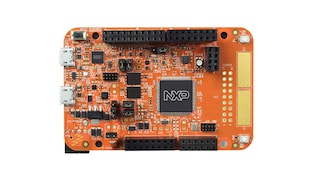
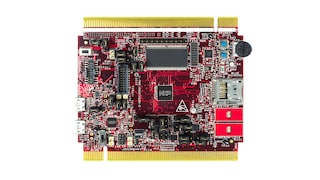
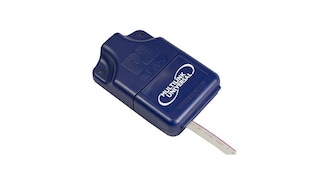
Additional hardware available. View our featured partner solutions.
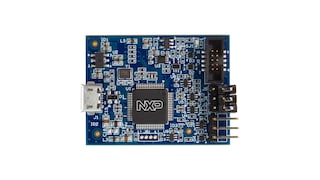
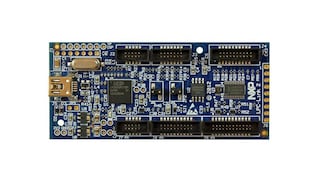
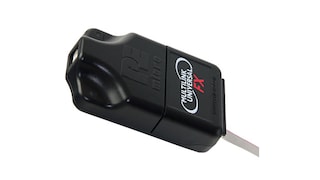
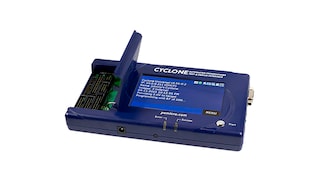
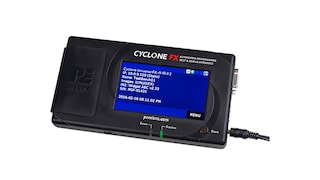
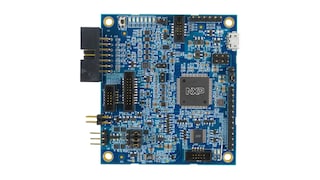

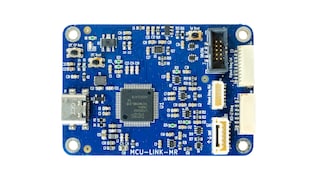
Sign in to access authorized secure files. Learn more about secure access rights.
1-5 of 6 hardware offerings
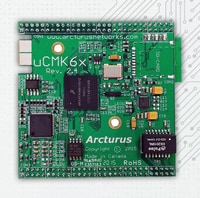





To find additional partner offerings that support this product, visit our Partner Marketplace.
1-5 of 11 hardware offerings



Additional hardware available. View our featured partner solutions.








Quick reference to our software types.
1-5 of 11 software files
Additional software available. View our featured partner solutions.
Note: For better experience, software downloads are recommended on desktop.
Sign in to access authorized secure files. Learn more about secure access rights.
Please wait while your secure files are loading.
1-5 of 39 software offerings
To find additional partner offerings that support this product, visit our Partner Marketplace.
1-5 of 11 software files
Additional software available. View our featured partner solutions.
Note: For better experience, software downloads are recommended on desktop.
1-5 of 7 engineering services

.svg)





There are no results for this selection.
There are no results for this selection.
To find additional partner offerings that support this product, visit our Partner Marketplace.
4 trainings
Additional trainings are available. View our featured partner trainings.
4 trainings
Additional trainings are available. View our featured partner trainings.
8 trainings
To find additional partner offerings that support this product, visit our Partner Marketplace.
There are no recently viewed products to display.
View or edit your browsing history
Help us improve your experience on our site. We invite you to take our five-question survey.